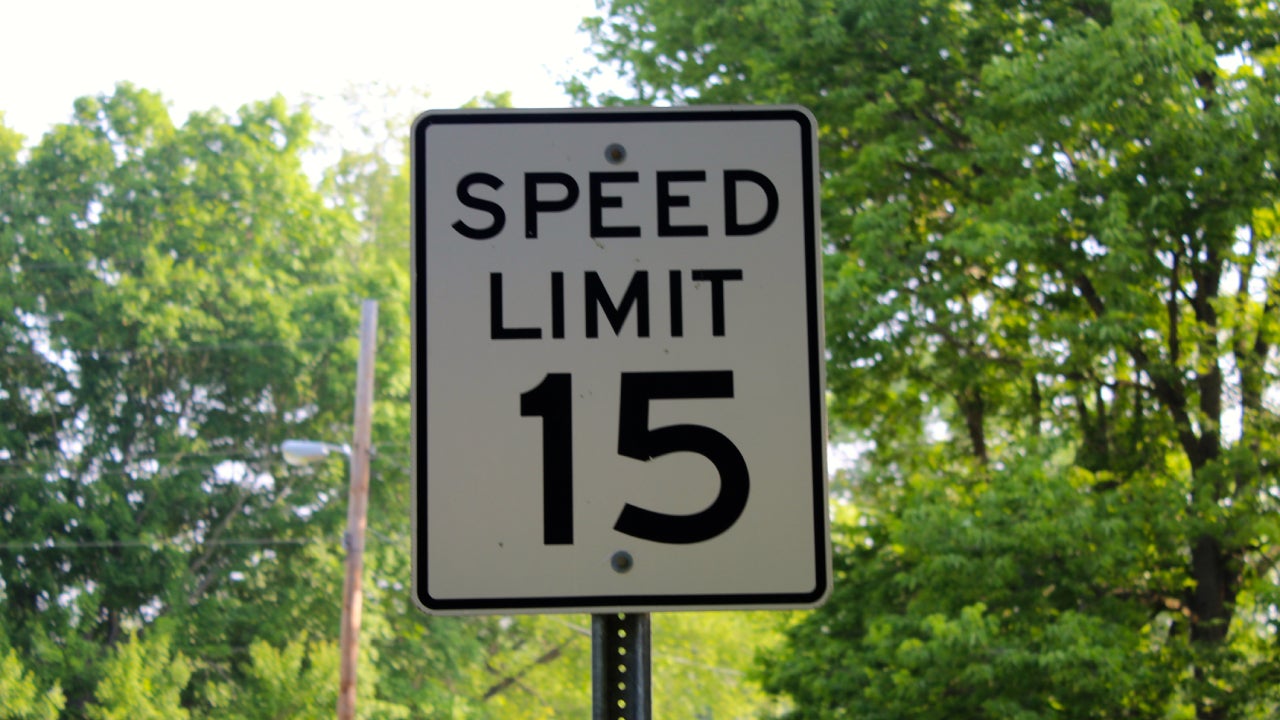Car insurance after a hit-and-run in Minnesota

Getting into a hit-and-run can be frightening and costly. While it’s illegal to leave the scene of an accident in Minnesota, it does still happen. Bankrate’s insurance editorial team researched Minnesota’s hit-and-run law to help you formulate a plan of action in case you ever find yourself the victim of a hit-and-run.
Hit-and-runs in Minnesota
A hit-and-run occurs when the at-fault driver flees the scene of an accident before proper legal procedures have been conducted. In 2022, Minnesota recorded 8,025 hit-and-run accidents, roughly 11 percent of the total number of crashes in the state in that year.
Hit-and-run accidents may be more common in states with a high number of uninsured drivers. Drivers without insurance may be more likely to flee the scene of an accident to avoid facing the legal and financial repercussions of driving uninsured. Fortunately, Minnesota has one of the lowest numbers of uninsured drivers in the country. Fewer than 10 percent of drivers in Minnesota are estimated to be uninsured.
Hit-and-run laws in Minnesota
Hit-and-run laws in Minnesota are designed to ensure that drivers take responsibility for their actions in the event of an accident. Here is what drivers are expected to do in the event of an accident:
- Stop at the scene: Drivers involved in a collision must immediately stop their vehicle at the scene or as close to it as possible without obstructing traffic.
- Provide information: Drivers must provide their name, date of birth, mailing address or email address and vehicle registration number to the other involved parties. If requested, they should also show their driver’s license. If they cannot provide insurance information at the scene, they must do so within 72 hours.
- Render aid: Drivers are required to render reasonable assistance to anyone injured in the collision, including calling emergency services if needed.
- Provide written notice: If a driver hits an unattended vehicle, they must stop, attempt to locate the owner and provide their contact information. If the owner cannot be found, the driver must leave a written notice with their name and address and report the accident to the nearest police station.
Legal ramifications of a hit-and-run in MN:
- Property damage: Fleeing the scene of an accident involving only property damage is a misdemeanor, punishable by up to 90 days in jail and a fine up to $1,000.
- Injury: If the accident results in bodily harm, it is considered a gross misdemeanor, punishable by up to one year in jail and a fine up to $3,000.
- Serious injury or death: If the accident results in serious injury or death, the offense is a felony. A hit-and-run resulting in serious injury can lead to up to two years in prison and a $4,000 fine, while one resulting in death can result in up to three years in prison and a $5,000 fine.
Drivers who fail to report an accident as required may face suspension of their driver’s license.
How does a hit-and-run affect car insurance in Minnesota?
Being involved in a hit-and-run in Minnesota could impact your car insurance rates whether you are the victim or the at-fault driver, but at-fault parties are likely to see larger impacts to their rates.
If you are the victim of a hit-and-run, filing a claim may not increase your car insurance rates as much as an at-fault incident, but you could still see a premium increase. Carriers generally consider all drivers who file claims to be higher risk, whether they caused the incident or not.
For those found at fault in a hit-and-run, the consequences are particularly severe. Although we don’t have specific rate data for hit-and-runs, examining the rate increases after an at-fault accident can provide insight into the financial impact.
In Minnesota, the average cost for full coverage is $2,203 annually. After an at-fault accident, this rises to an average of $3,179 annually — 44 percent more. A hit-and-run conviction will likely raise your rates even more. If you are identified as the offender in a hit-and-run, your insurance company may also decline to renew your policy.
What to do after a hit-and-run in Minnesota
Getting into a hit-and-run can be stressful, but staying calm and following proper procedures may help you avoid legal issues and insurance claim hurdles. In terms of what happens after a hit-and-run, here are the steps you may want to follow after a hit-and-run:
- Call for medical care if necessary: The first step you should take after any accident is to assess the safety of yourself, your passengers and anyone else involved in the accident. If you feel that anyone needs medical attention, call emergency services right away.
- Call the police: If you’ve called for medical aid, police may already be on their way. Otherwise, you can call to report the crash. An officer will arrive on scene, assess the situation and write a report. They will also ask you to recount any information you remember, like the color or make of the vehicle that hit you.
- Take photos of the damage: Before you leave the scene, take detailed photos of the damage to your vehicle, if it’s safe to do so. If your car is getting towed, make sure to get the information about where your car will be taken. If you or any of your passengers were treated by paramedics or hospital staff, hold onto those medical records, and keep a record of future medical costs associated with the hit-and-run.
- Call your insurance company: Calling your insurance company is the final thing you should do after a hit-and-run, if you want to file a claim on your own policy. An agent can help you understand what your policy may cover and how to file a claim. You may be asked to provide the photos you took and the police report to help expedite the claim process.
Frequently asked questions
Methodology
Bankrate utilizes Quadrant Information Services to analyze April 2024 rates for all ZIP codes and carriers in all 50 states and Washington, D.C. Rates are weighted based on the population density in each geographic region. Quoted rates are based on a single, 40-year-old male and female driver with a clean driving record, good credit and the following full coverage limits:
- $100,000 bodily injury liability per person
- $300,000 bodily injury liability per accident
- $50,000 property damage liability per accident
- $100,000 uninsured motorist bodily injury per person
- $300,000 uninsured motorist bodily injury per accident
- $500 collision deductible
- $500 comprehensive deductible
To determine minimum coverage limits, Bankrate used minimum coverage that meets each state’s requirements. Our base profile drivers own a 2022 Toyota Camry, commute five days a week and drive 12,000 miles annually.
These are sample rates and should only be used for comparative purposes.
Incidents: Rates were calculated by evaluating our base profile with the following incidents applied: clean record (base) and at-fault accident.
You may also like

5 ways to tell if a stock is overvalued





